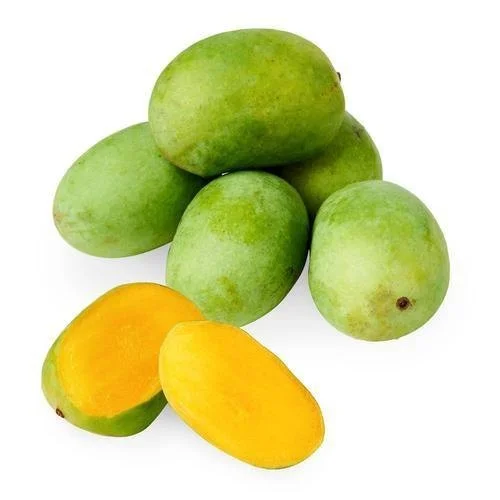|
User Role
|
Min/Max Order Quantity
|
|---|---|
|
Distributor
|
50-100
|
|
Retailer
|
100-150
|

Langra mango is a popular mango variety primarily cultivated in the Indian subcontinent. Here are some key characteristics and information about the Langra mango:
Origin: Langra mango originated in the Indian state of Uttar Pradesh, particularly in the region around Varanasi. It is one of the oldest mango varieties cultivated in India.
Appearance: Langra mangoes are medium to large-sized fruits with an irregular, kidney-shaped appearance. They have a thick, green skin that does not change color significantly as it ripens. The skin may have some yellowish or reddish blush in ripe fruits. The flesh is juicy, fiberless, and bright yellow-orange in color.
Flavor and Aroma: Langra mangoes are known for their unique flavor profile, characterized by a perfect balance of sweetness and tanginess. They have a deliciously rich and aromatic taste with subtle floral notes. The flesh is tender and succulent, offering a delightful eating experience.
Harvest Season: The Langra mango season typically starts from late spring and extends through the summer months, with peak availability from May to July. The mangoes are harvested at optimal ripeness to ensure the best flavor and quality.
Cultivation: Langra mango trees thrive in the tropical and subtropical climates of India. They require ample sunlight, well-drained soil, and regular watering for optimal growth and fruit production. The trees are relatively vigorous and have a spreading growth habit.

